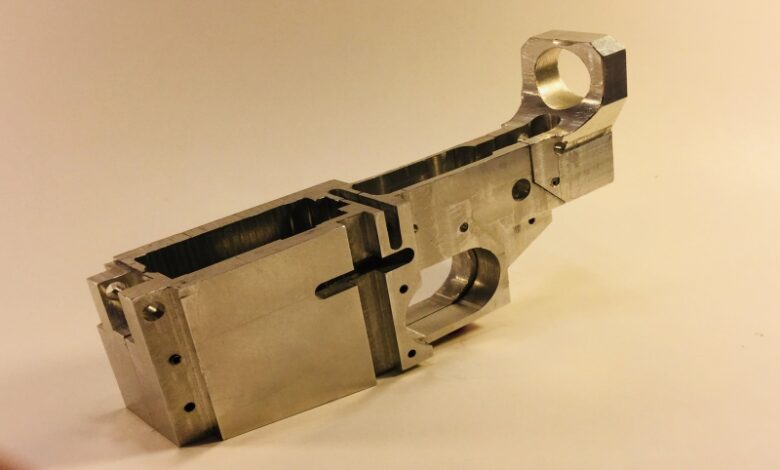Unveiling the Advantages and Controversies Surrounding 80 percent lower Receivers in Firearms Culture

In the realm of firearms enthusiasts and manufacturers, the term “80 percent lower receiver” has emerged as a focal point of discussion, fascination, and controversy. Representing both a symbol of innovation and a source of legal debate, these partially completed firearm components have captivated the attention of hobbyists, entrepreneurs, and policymakers alike. Let’s delve into the intricacies of 80 percent lower receivers, exploring their benefits, challenges, and the broader implications they carry within the firearms community.
Decoding the Concept of 80 percent lower Receivers
At its core, an 80 percent lower receiver is a firearm component that is only 80% finished, lacking the necessary modifications to be classified as a fully functional receiver under U.S. federal law. These components typically require additional machining, drilling, or milling to achieve completion. Crucially, this incomplete status exempts them from the stringent regulations and oversight applied to fully manufactured firearms, enabling their sale and purchase without background checks or serial number requirements.
The Appeal of Customization and Privacy
One of the primary draws of 80 percent lower receivers lies in their potential for customization and privacy. Enthusiasts and hobbyists relish the opportunity to craft their own firearms from scratch, tailoring every aspect to their individual preferences. Moreover, the absence of serial numbers affords a level of anonymity, shielding purchasers from intrusive government oversight or tracking. This allure of personalization and privacy has contributed to the growing popularity of 80 percent lower receivers among firearm aficionados.
Entrepreneurial Opportunities and Innovation
Beyond personal use, 80 percent lower receivers have also opened doors for entrepreneurial ventures and technological innovation within the firearms industry. Companies specializing in firearm components have seized upon this market niche, offering tools, kits, and instructional resources to facilitate the completion process. This entrepreneurial spirit has spurred advancements in machining technology and provided opportunities for small businesses to thrive in a competitive market landscape.
Legal and Ethical Considerations
However, the proliferation of 80 percent lower receivers has not been without its controversies. Critics argue that these components represent a regulatory loophole, allowing individuals to evade background checks and manufacturing regulations. Concerns have also been raised regarding the potential for unregistered firearms to enter circulation, posing risks to public safety. As a result, policymakers have proposed various measures to regulate or restrict the sale and manufacture of 80 percent lower receivers, igniting debates over gun control and individual liberties.
Conclusion: Navigating the Complex Landscape
The emergence of 80 percent lower receivers epitomizes the complexities inherent in the intersection of technology, regulation, and personal freedom within the firearms community. While they offer enthusiasts unprecedented opportunities for customization and entrepreneurship, they also present challenges in terms of legal compliance and public safety. As discussions surrounding gun control and Second Amendment rights continue to evolve, the role of 80 percent lower receivers will undoubtedly remain a contentious issue, underscoring the delicate balance between individual liberties and societal welfare.
